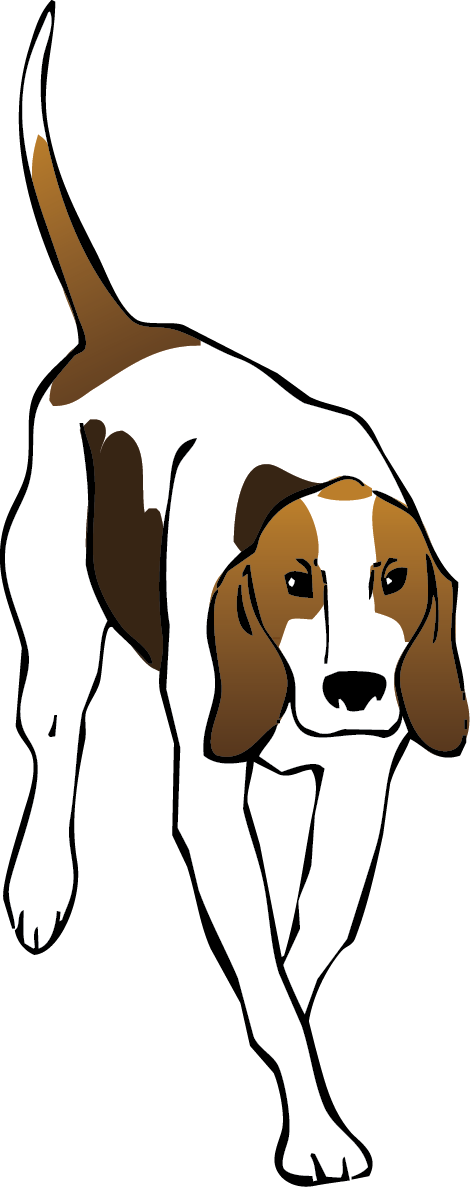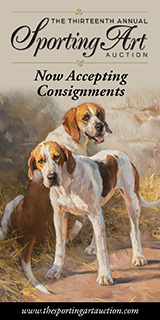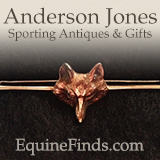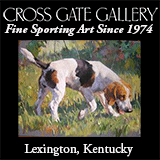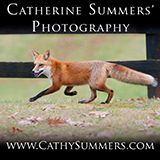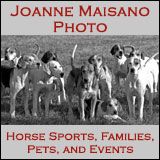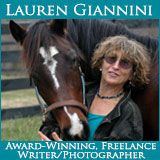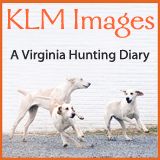January 11, 2014
Drag Hunting Today
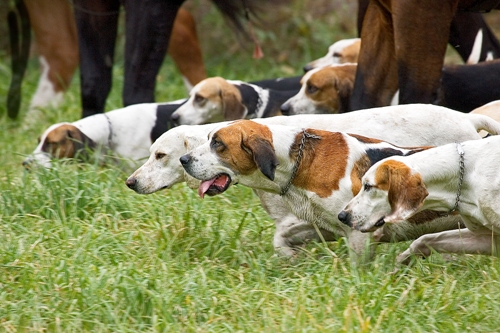 Wayne-DuPage drag hounds head to covert. / Chris Carney photo
Wayne-DuPage drag hounds head to covert. / Chris Carney photo
Drag hunting, according to conventional wisdom, is what a hunt does when its country is constricted by suburban development. Sometimes that’s true, but, more often, hunts follow a dragged line of man-laid scent because the Masters want to. And a few hunts have been doing it for more than a century.
Each type of hunting—live or drag—has its pluses and minuses, depending on the needs and priorities of the participants. Drag hunting offers a controlled hunting experience to the benefit of hounds, riders and landowners. With a judicious laying of the drag, hounds are safer because roads and other hazards can be avoided; farmer’s crops are protected from horse’s hooves; homeowners’ lawns and yards are not trampled; and small pets are safe from the attention of hounds (all assuming that hounds don’t riot).
For riders who seek a gallop over fences, drag hunting offers a more efficient use of time, with no standing on a windy hillside while hounds search a covert for a fox (which may or may not be found). Thus the drag-hunting day typically lasts about two to three hours, with guaranteed galloping and jumping, better suiting those with a busy schedule, rather than the three- to five-hour day usually consumed by the ebb and flow of live hunting.
Drag Hunting: From Racing to Simulating the Hunt
 Mrs. Louise Eustis Hitchcock, MFH and huntsman of the Aiken Drag Hunt and Mr. Thomas Hitchcock / Courtesy Hitchcock Woods Foundation
Mrs. Louise Eustis Hitchcock, MFH and huntsman of the Aiken Drag Hunt and Mr. Thomas Hitchcock / Courtesy Hitchcock Woods Foundation
Drag hunting was once a gloriously competitive sport, the roots of which go back to seventeenth-century England. During the reign of King James I (1603–1625), it began as a sport known as running a train scent. A “drag was laid, hounds were put on the line, and ran it at a racing pace. The horse in the lead at the end of the drag was declared the winner,” wrote the late Alexander Mackay-Smith in his Foxhunting in North America.
Later in the same century, during the reign of King Charles II (1649–1685) , a gentleman could enter his hound or hounds to compete for the Woodstock Plate, a race for hounds following a four-mile drag as a test of both the hound’s speed and its ability to follow a scent. When houndsmen and spectators discovered that the best and, not incidentally, the most enjoyable way to follow the hound race was on horseback, the sport of drag hunting was born according to John Philip Hore in his History of Newmarket.
Even Hugo Meynell, the father of modern foxhunting, played his part in drag-hunting history when, in 1763, he participated in a celebrated hound match in the form of a drag hunt between his Quorn Foxhounds and those of Mr. Barry’s Cheshire Foxhounds. By the nineteenth century, the notion of a guaranteed, sustained gallop over jumps appealed to many sportsmen, especially those who mainly hunted to ride.
